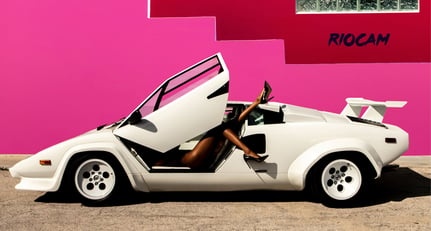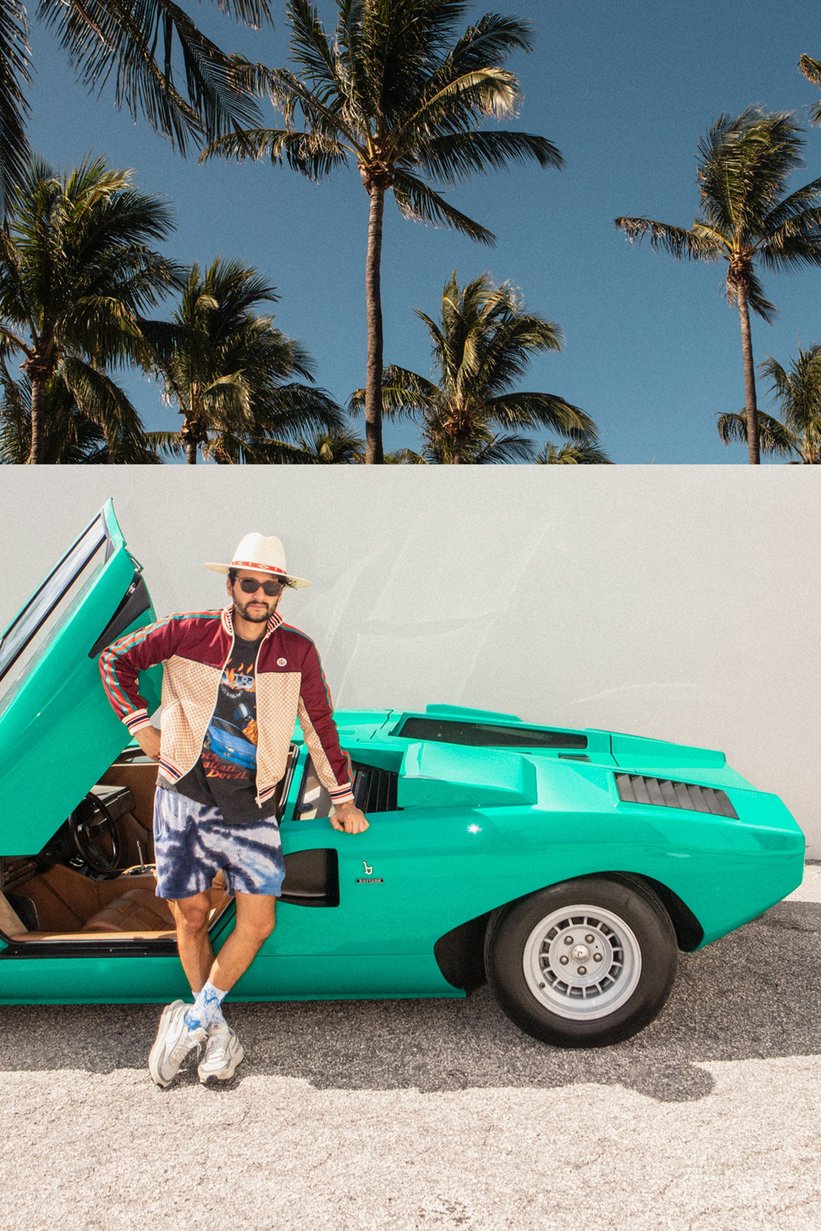
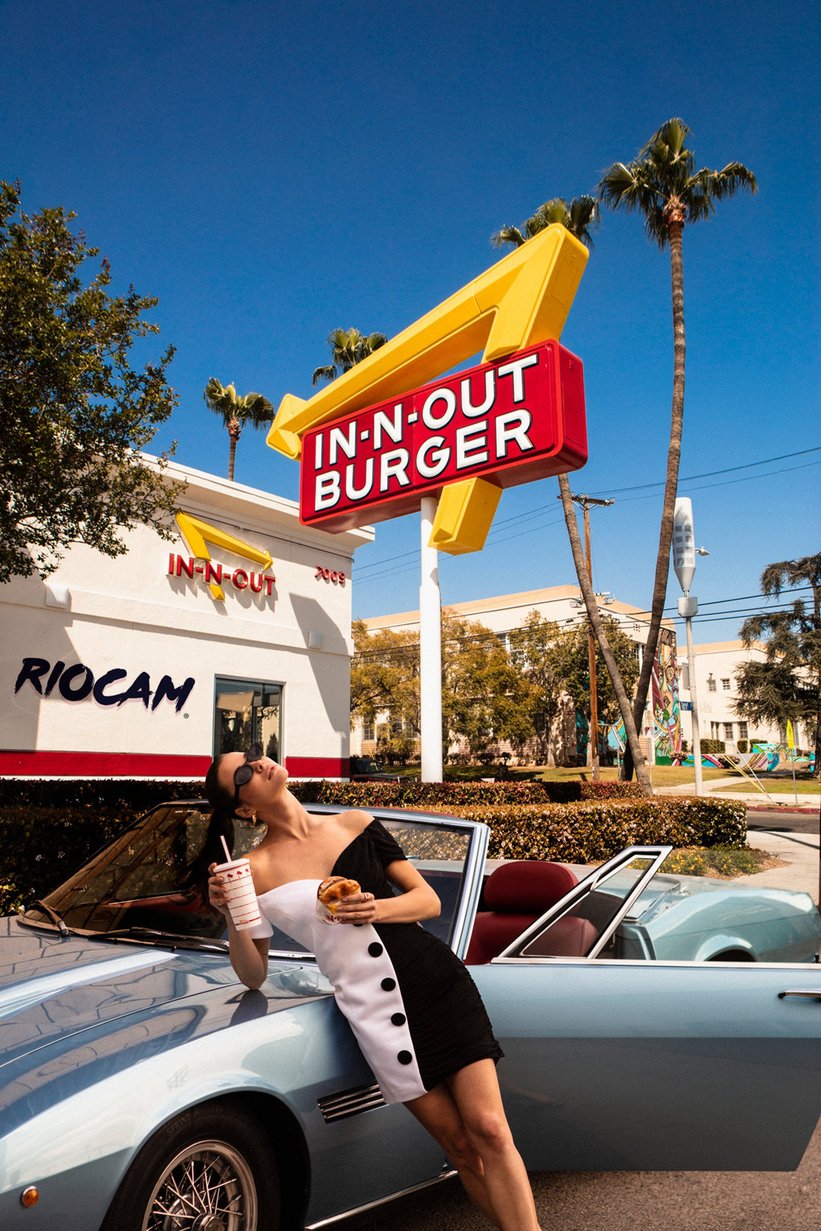
Striking a balance somewhere between the artwork of Andy Warhol and a teenager’s fever dream, Riocam’s raunchy photographic scenes lend the viewer an insight into the historical interplay between women and cars, and how the former has informed the design of the latter over the years. Ahead of his first NFT auction, we sat down with Riocam to learn about his inspirations, his work process and the challenges of shooting some of the rarest cars on the planet.
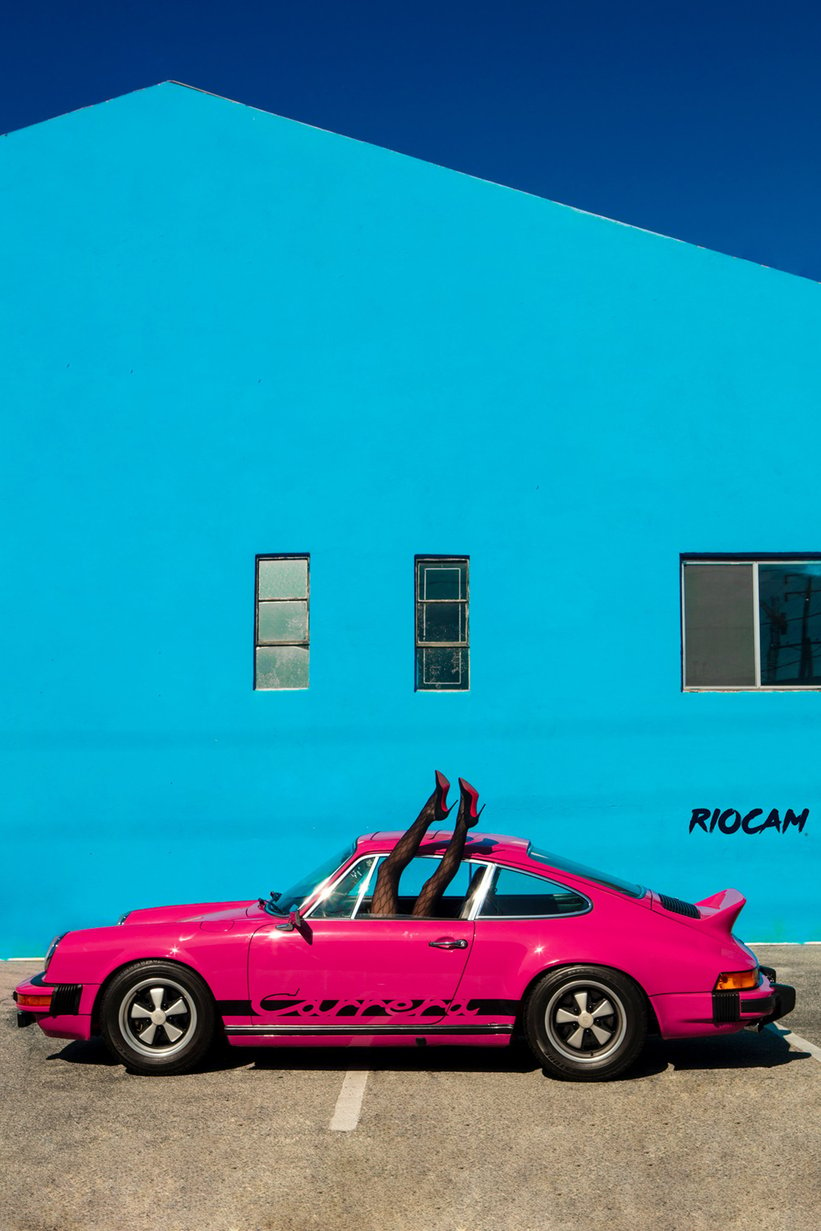
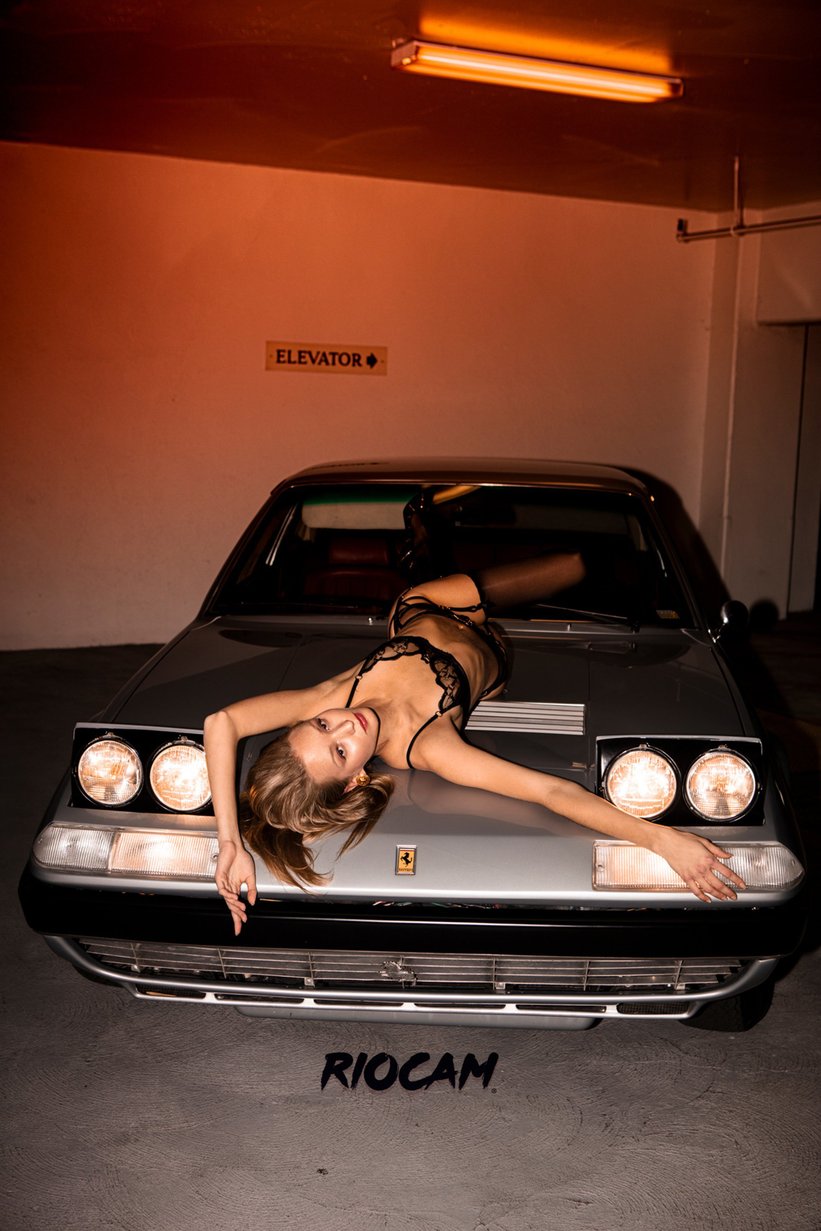
Riocam, thank you so much for taking the time to sit down with us today. Let’s start with the cars – what’s in your garage?
“Back in the day, I had a 1970s Mach 1 Mustang, it was quite beautiful. Now, I live in South Beach with a Meyers Manx. One day, the dream is to buy a European sports car.”
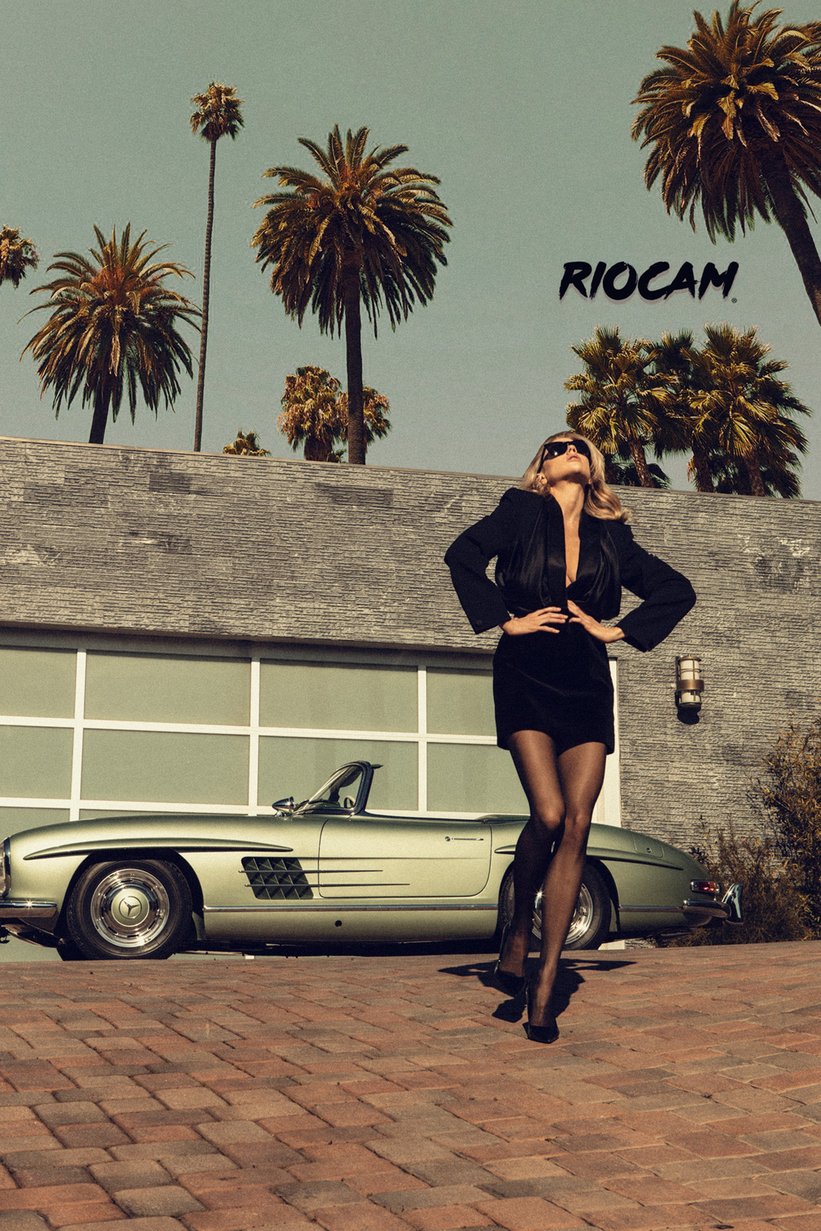
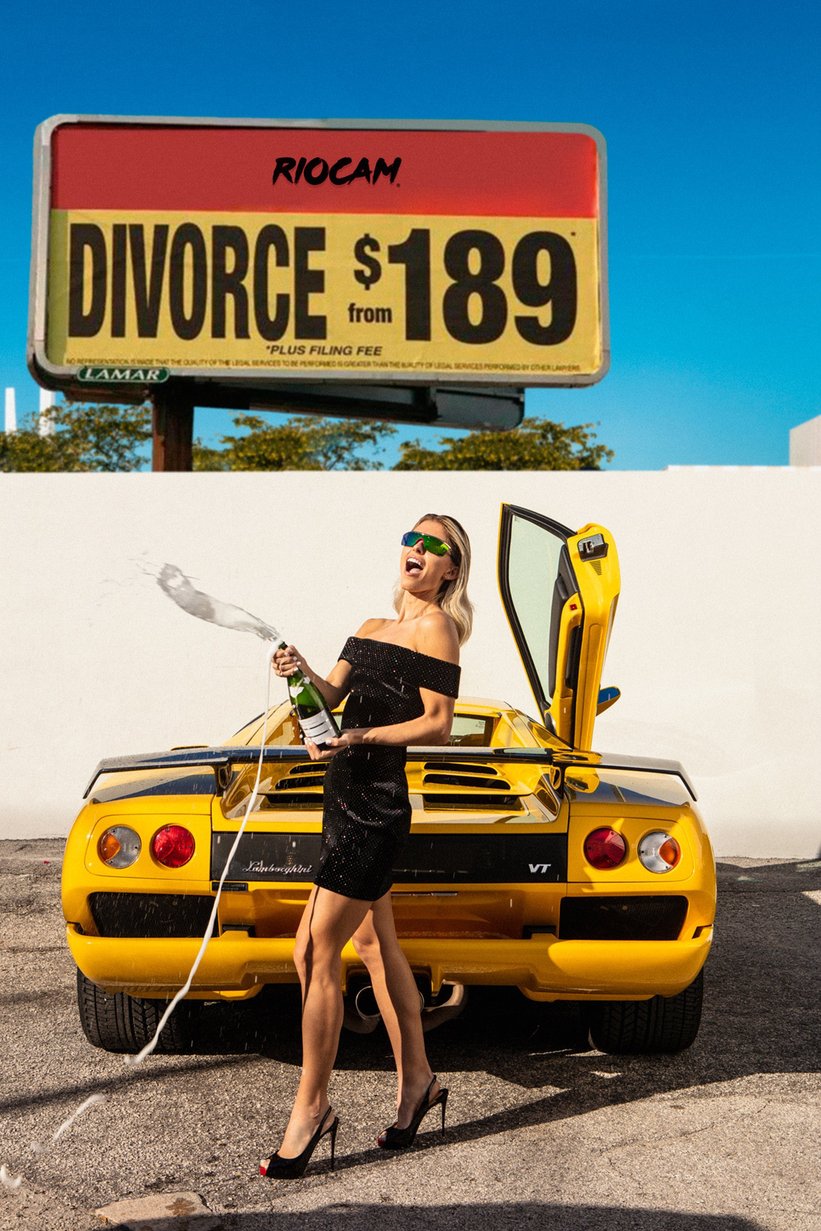
How would you describe your work?
“Nostalgic and sexy at the same time. I always wanted to incorporate fashion and cars, but just needed to find the right way to do it. A lot of my inspiration comes from books from the ’60s and ’70s. Back then, if they were unveiling the latest supercar at a European car show, they’d either put a woman on top or next to it, to try selling it to you. I wanted to modernise that same idea, but in a sophisticated, fashionable way. I’m really careful about over-sexualising or objectifying women – that’s not what I want to do.
“I grew up with two posters on my bedroom wall: one of a Ferrari 288 GTO and one with that famous image of Nastassja Kinski with the boa constrictor. Anyone can shoot a woman with a Ferrari, but I wanted to shoot cars that you won’t just see on the road. I’ve been trying to hunt down the rarest cars in the world, and I take the same approach with the fashion in my artwork; the dresses, the shoes – they all have to be incredible pieces.”
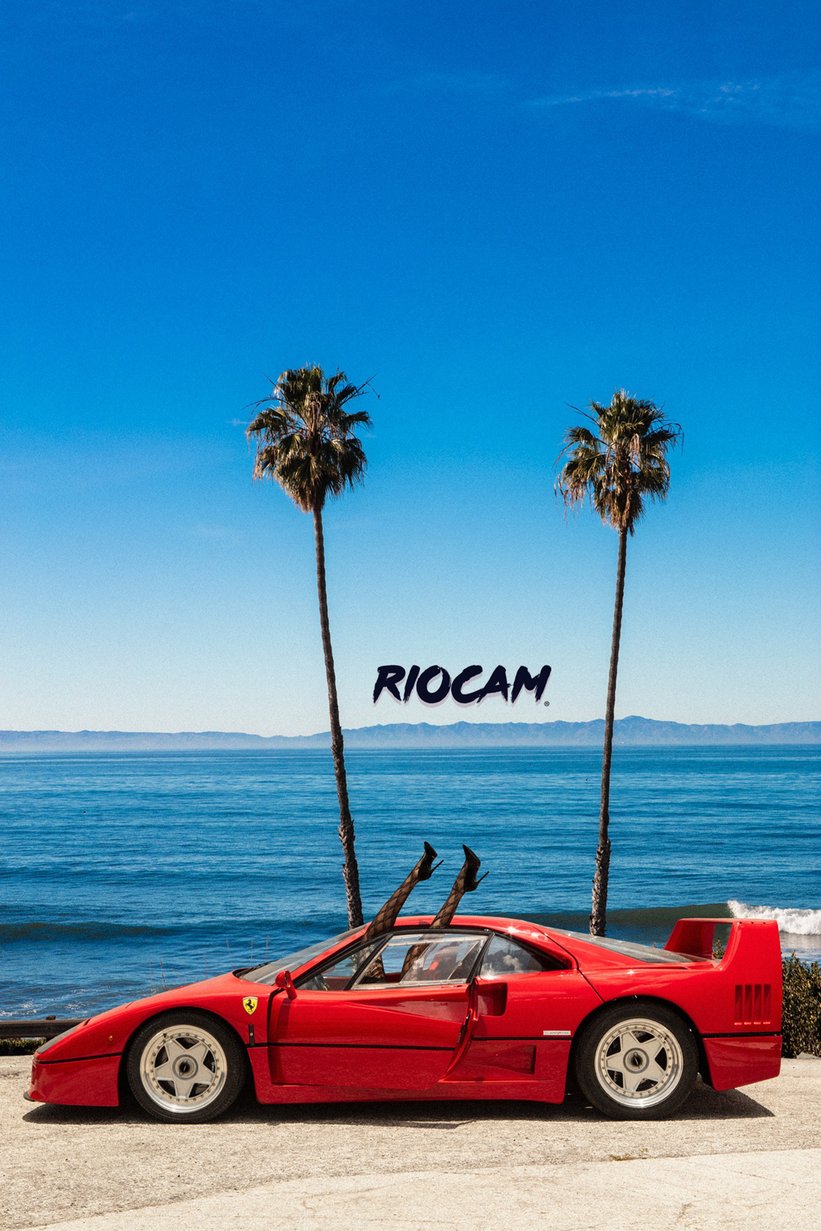
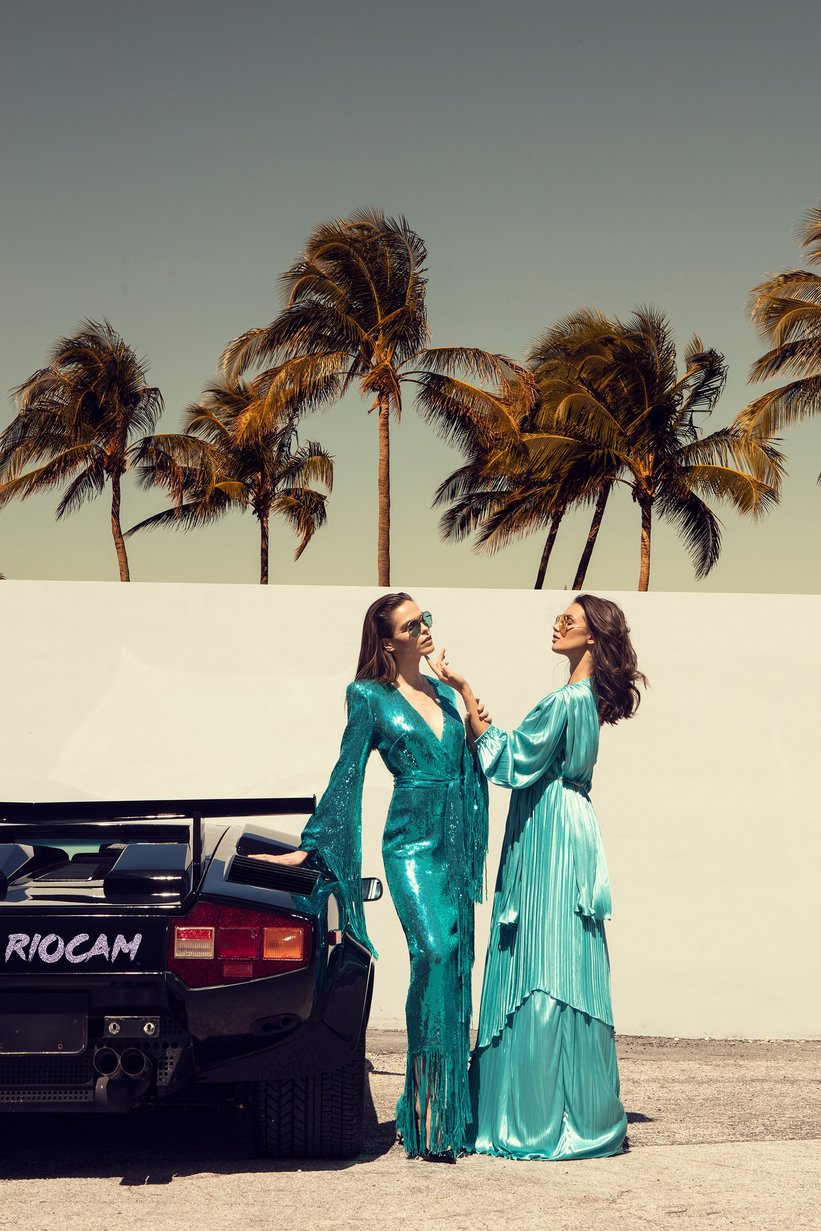
What is your work process? Do you start with the car, location, or model?
“Before, I used to start with an idea, then choose the location, then the car, and then styling came afterwards. Styling is super-important for me, it’s not just some random girl wearing cheap clothes. I put a lot of consideration into the fashion – it has to match the level of the car in the artwork.
“Now, as the cars I shoot become increasingly rare, the access becomes even more difficult to arrange, even if there’s no woman involved. A lot of these cars have been hidden away for 40 years in an unknown location, so the planning becomes very dependent on the owners of these car collections. Often, you’ll only have 30 minutes with the car, so my work process has become very fast and adaptable.”
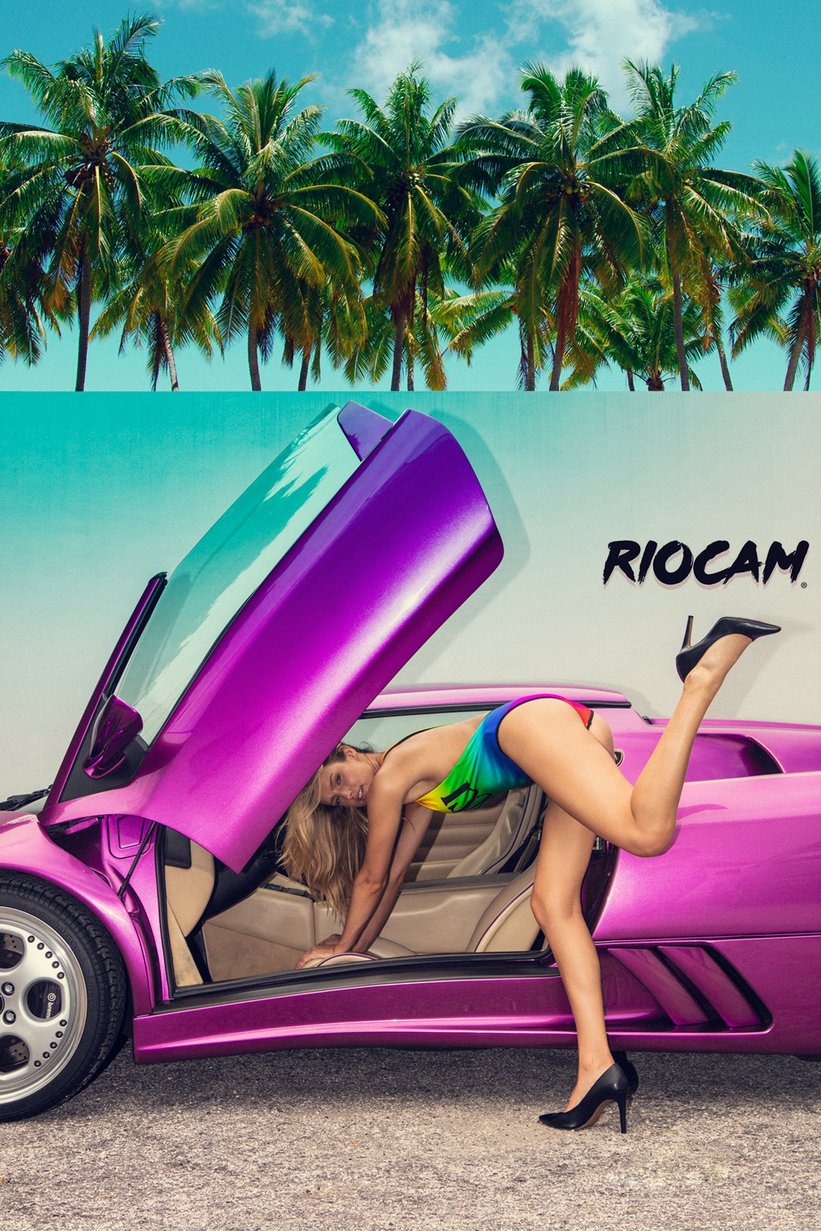
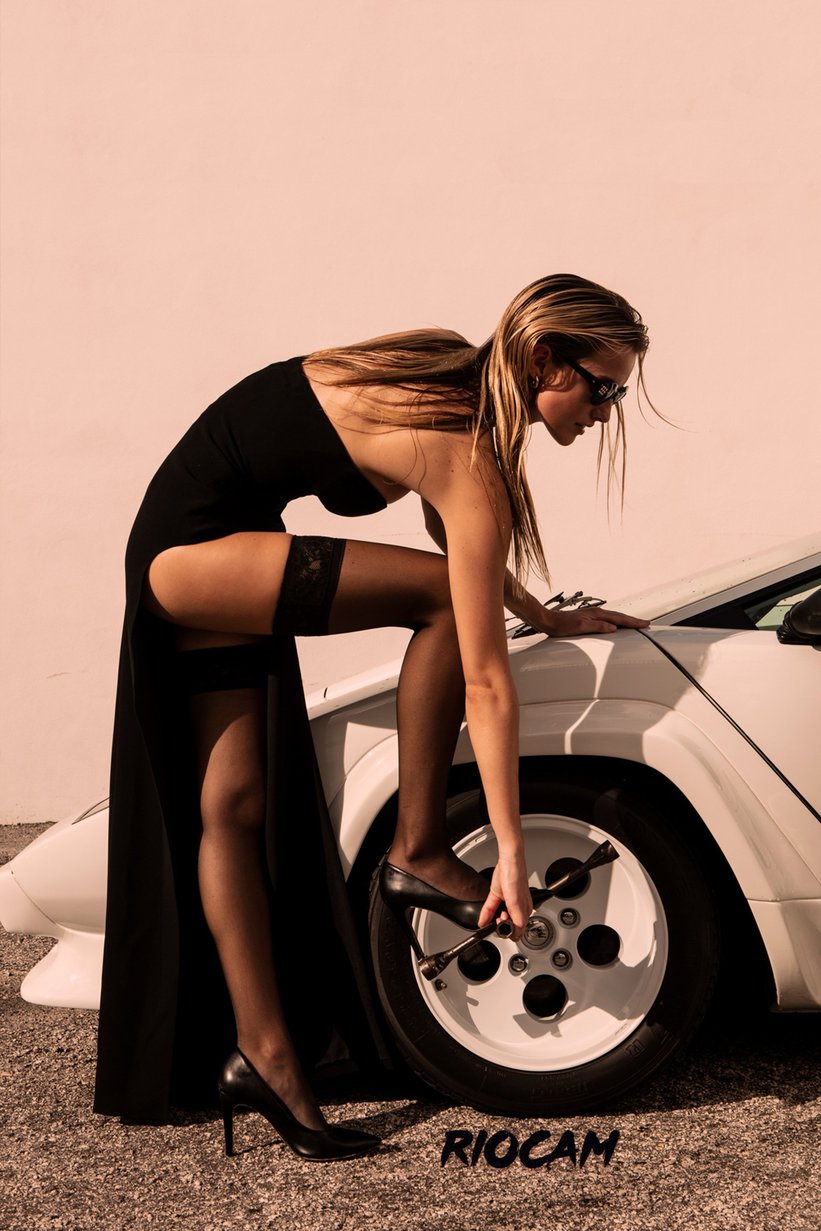
Are your artworks purely photographic, or is there some photo manipulation going on?
“There are some scenarios where manipulation is unavoidable, but 90% of it is real, that’s the most amazing thing. At the start, I was always about putting a girl on these rare cars for the sheer novelty, but now I want my work to be simpler. A piece I love the most at the moment is an image of a woman in an incredibly expensive dress changing a wheel with a crossbar. It’s surreal, but that’s what I like about it – there’s humour and beauty in reversing misogynistic stereotypes.
“It’s easy for men to objectify cars and women in the same way. I’m trying to empower women with these images –they love cars just like men, but get far fewer opportunities to interact with them. That’s why it’s super-cool to see so much positive response from women online. I’ve started making short films and my latest is called ‘Drive to Kill’. It’s about a woman who lures men into her RUF Yellowbird and kills them.
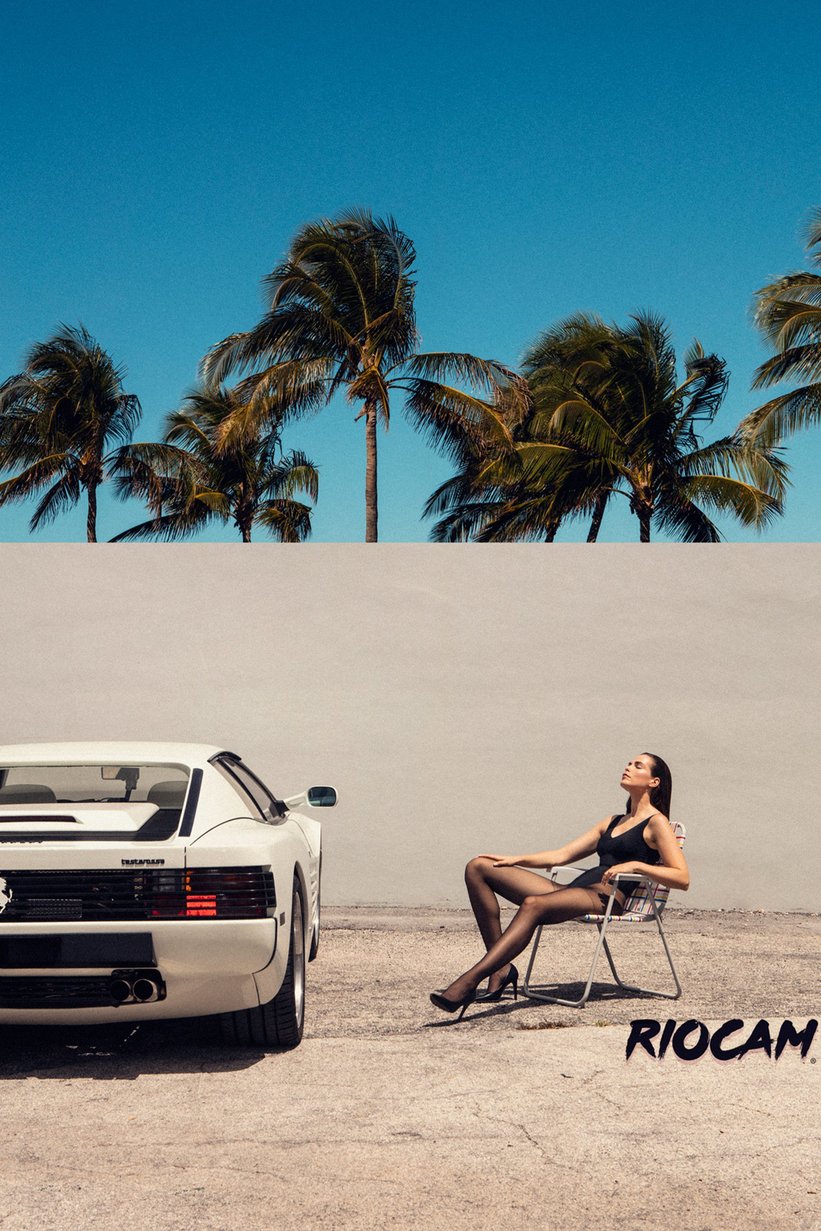
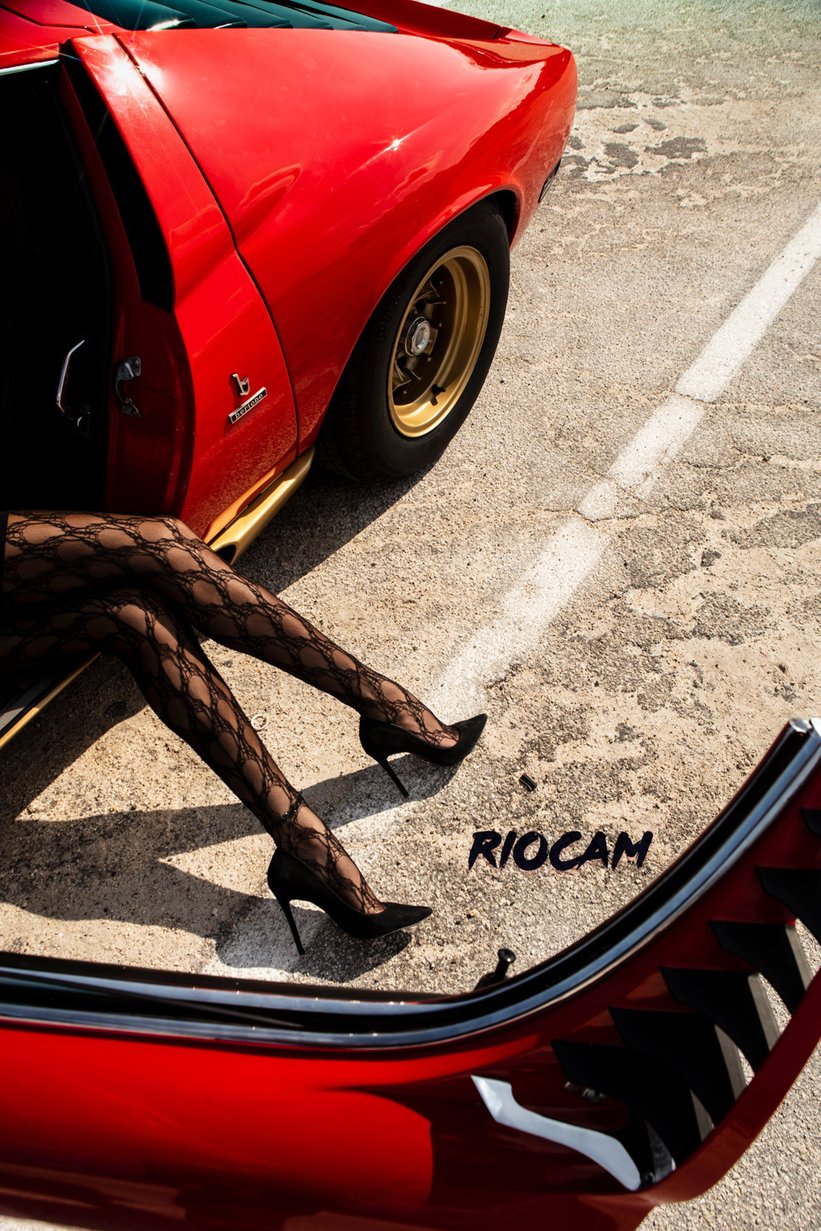
Your work features the creme de la creme of the automotive world. Which cars would you take home – and are there any that left you disappointed?
“You can’t have one, they each have a uniquely beautiful aesthetic and engine sound, so it’s impossible to choose. I understand why guys like Ralph Lauren have such big collections.
“As for cars that have disappointed me, the only one I can think of is the Jaguar XJ220. It’s a cool car from the exterior and was the fastest car in the world at some point, but the interior is just disgusting. You’re immediately struck by the cheap American materials and the design is just like ‘who thought of that?!’ Why would you make such a cool car look like a caravan inside?
“Mainly, however, with vintage sports cars, there’s no disappointment. They all have their way of making you fall in love. I’m a big fan of Marcello Gandini’s designs; out of all of them, the Miura is probably my favourite.”
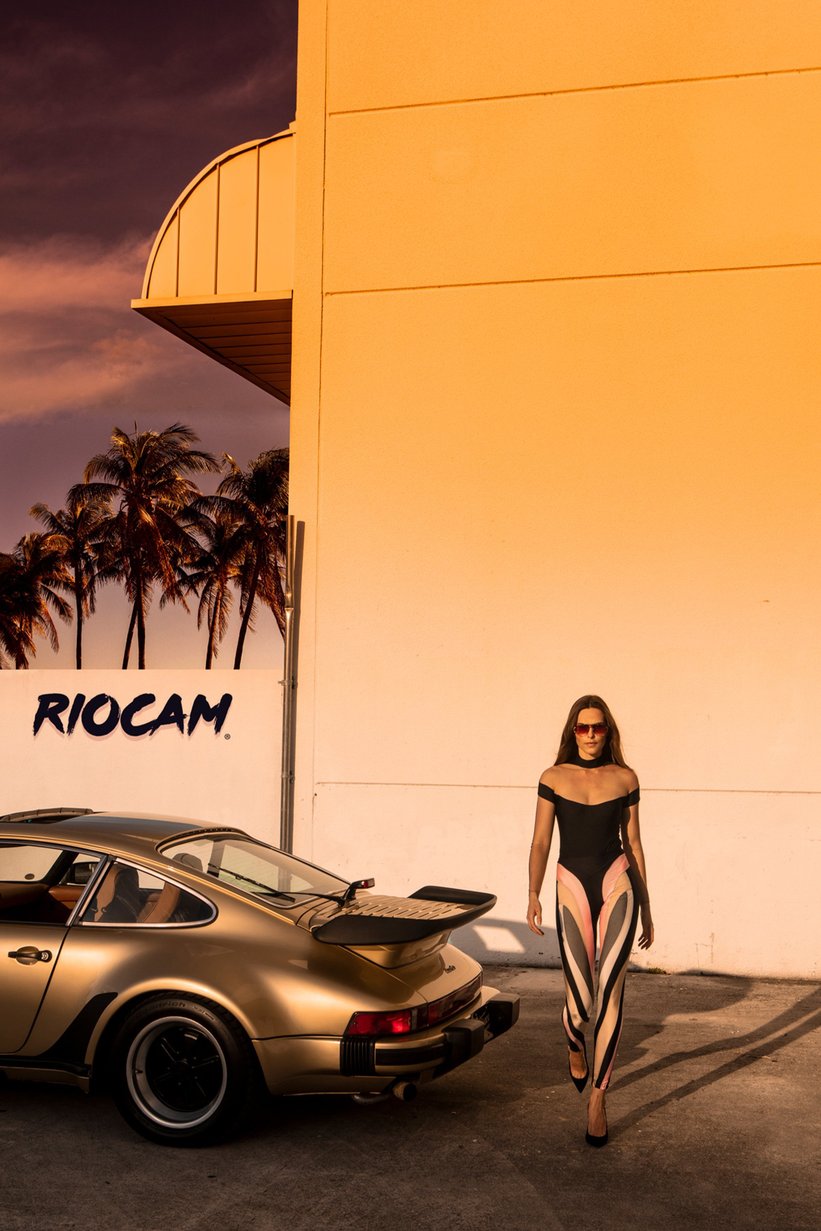
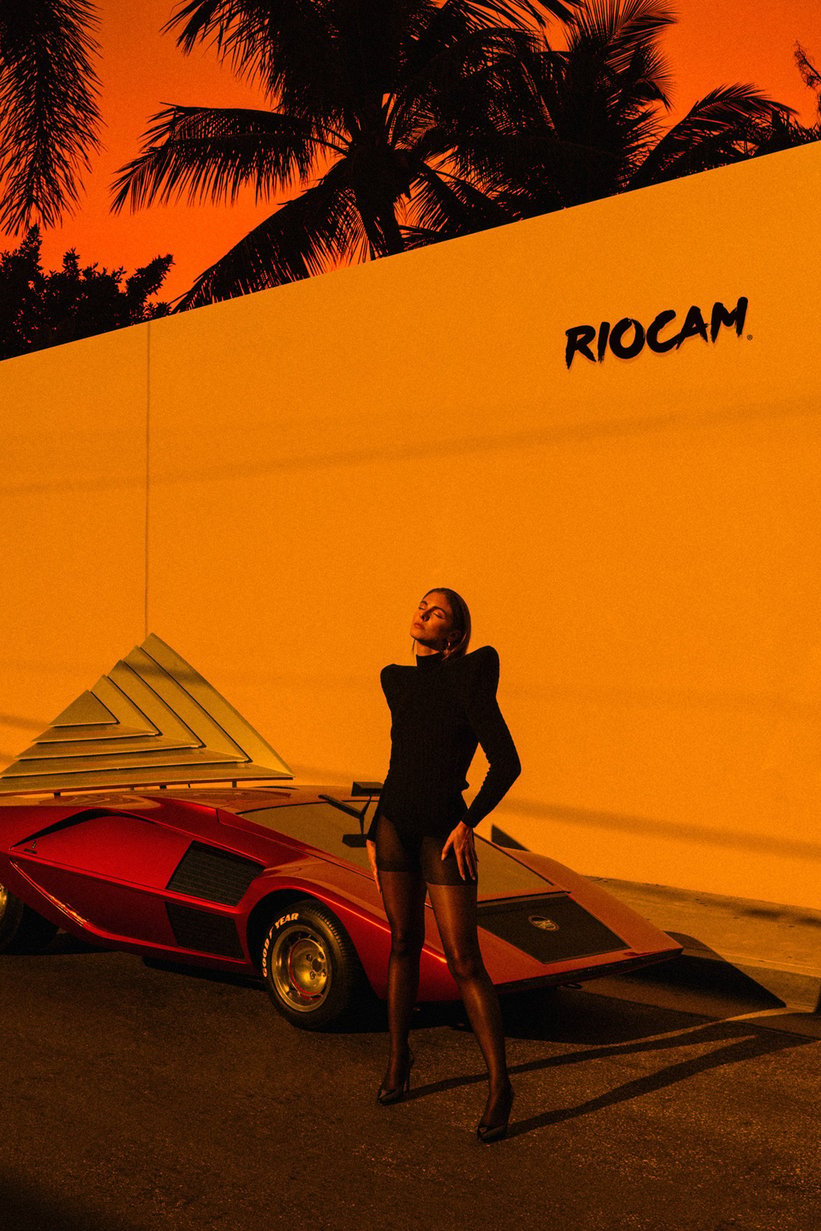
Are there any cheaper cars you’d consider worthy of starring in your work?
“The Meyers Manx, of course! It’s a hell of a car, it looks perfect in photos, are you kidding me? You can fit four women with bikinis in there and it’s guaranteed to look great! It’s such a good looking car, I love them. It gives me Steve McQueen vibes, it’s just so simple and iconic.”
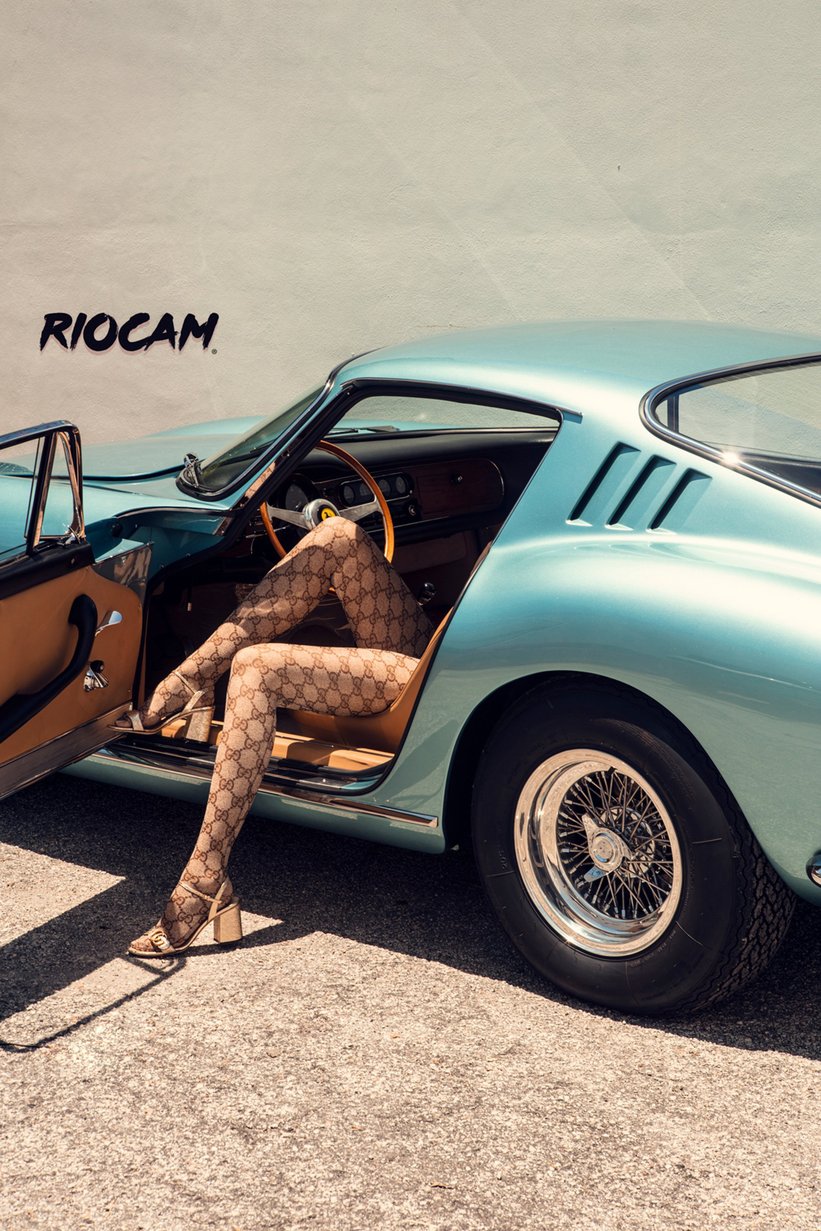
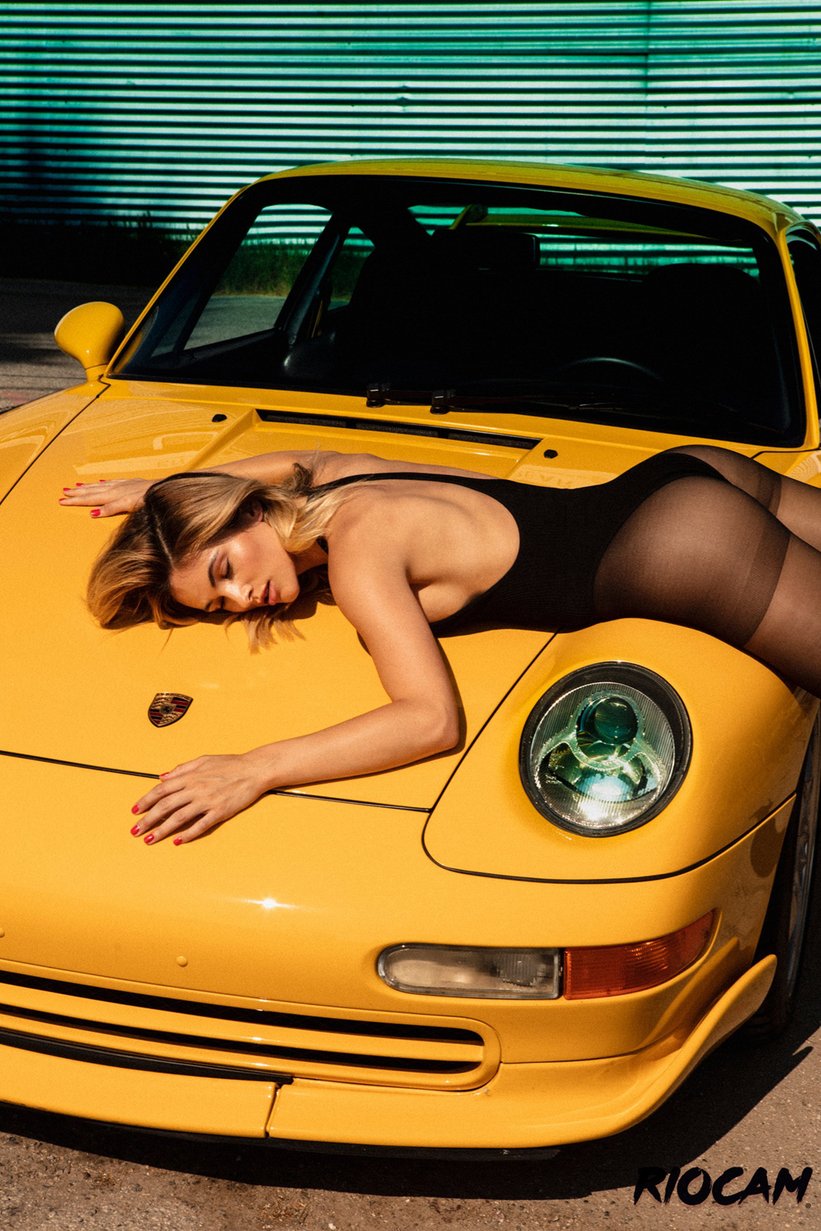
Do you shoot film or digital? Which do you prefer and do you have any favourite cameras?
“I use both film and digital; it depends on how lazy I’m feeling and how much time I have. I love film because of the nostalgia, but digital photography is so comfortable and easy when I don’t have much time and I can’t leave thingsto chance. There’s already so much on my mind, it’s sometimes too crazy to use film. I always have my Polaroid on me, it’s like my iPhone in a way, and I have hundreds of them from shoots I’ve done. It really makes the skeptics mad when I pull out a Polaroid, because you just can’t fake it.
“One of my favourite photographers back in the day, Guy Bourdin, used Polaroid exclusively. Guy is my favourite because he was so good with colour, and I love colour. I grew up as a photographer in South Beach and colour is everywhere – it’s a very vibrant city. My favourite polaroid is called the Big Shot, which shoots in 4X5. Andy Warhol used one for his portraits. It’s super high-resolution and the light is so unique and beautiful.”
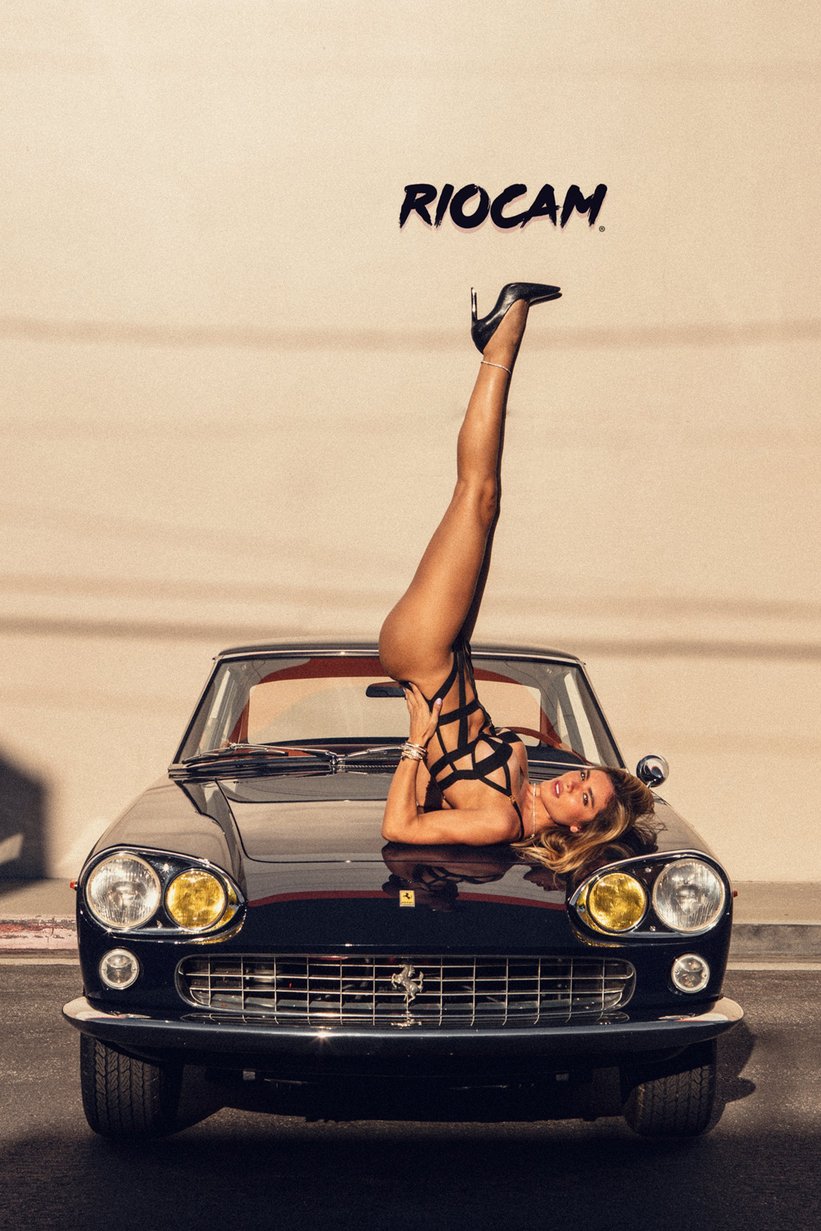
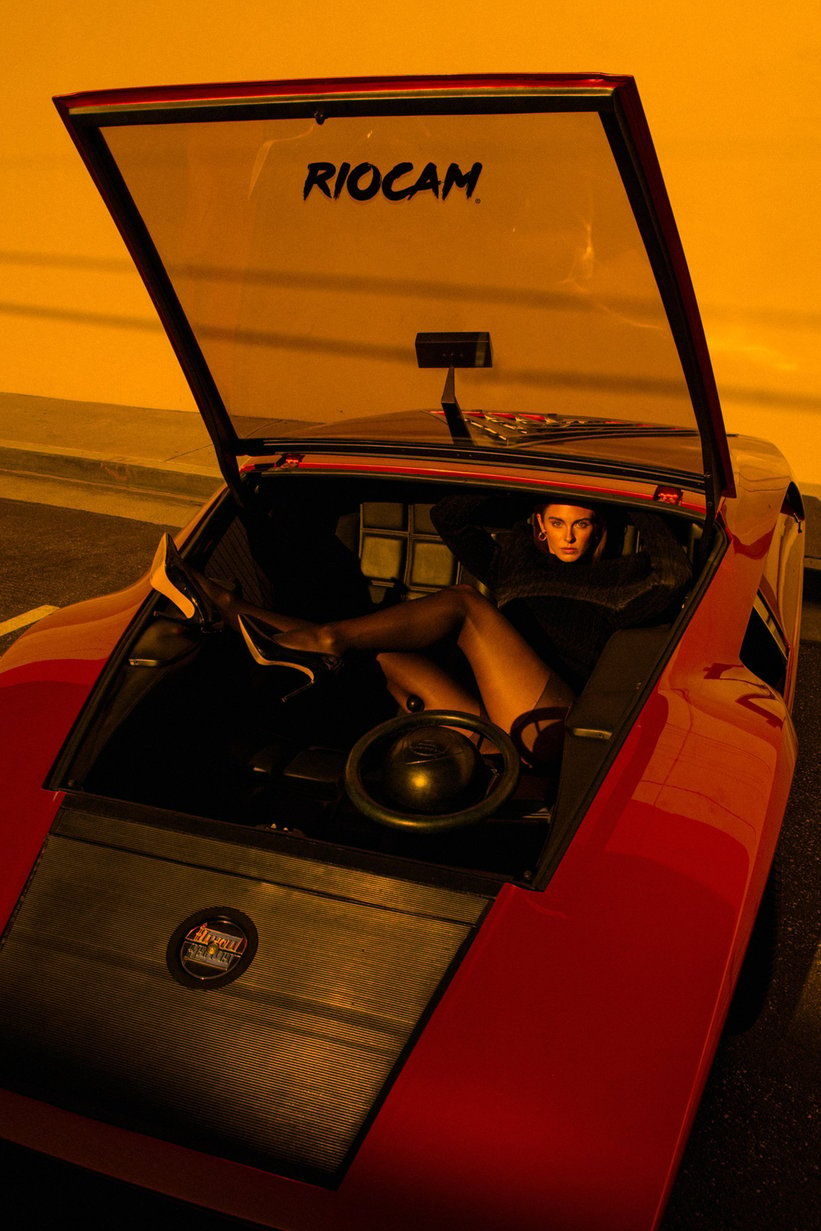
NFTs are an exciting prospect for any artist. Why have you decided to make the leap?
“I’m an entrepreneur more than a photographer, so I love merchandising and NFTs are just the perfect evolution of that. It’s been in the back of my mind, but I just wasn’t sure how to do it. I have a friend helping me who’s very knowledgeable about NFTs. Obviously NFTs aren’t booming in quite the way they were a few months ago, but I’ve had a lot of people on Instagram saying I’ll buy your NFT, just come up with an image. I wanted to start with an artwork that was instantly recognisable as my own as a way of testing the water, and it’ll be attached to a physical piece. The next thing in the works is a simultaneous NFT and car auction, but more to come on that in the future...”
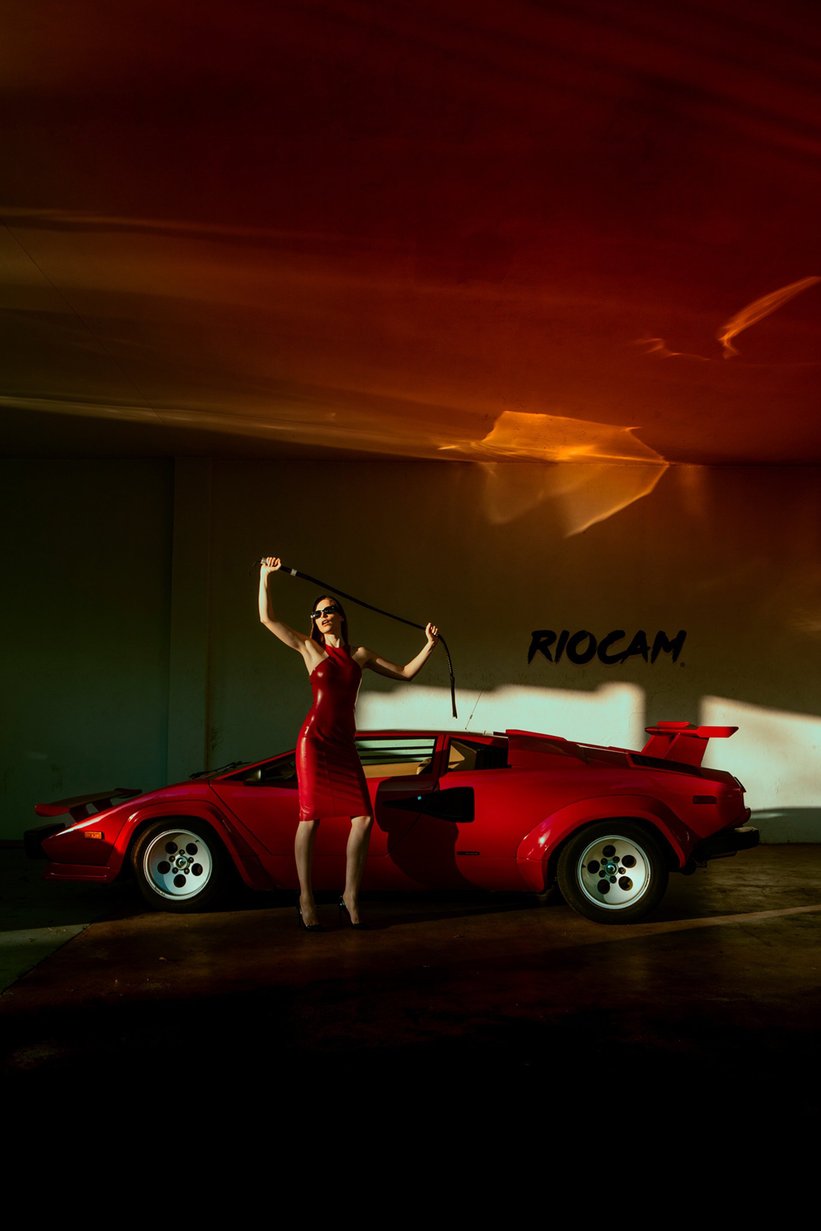
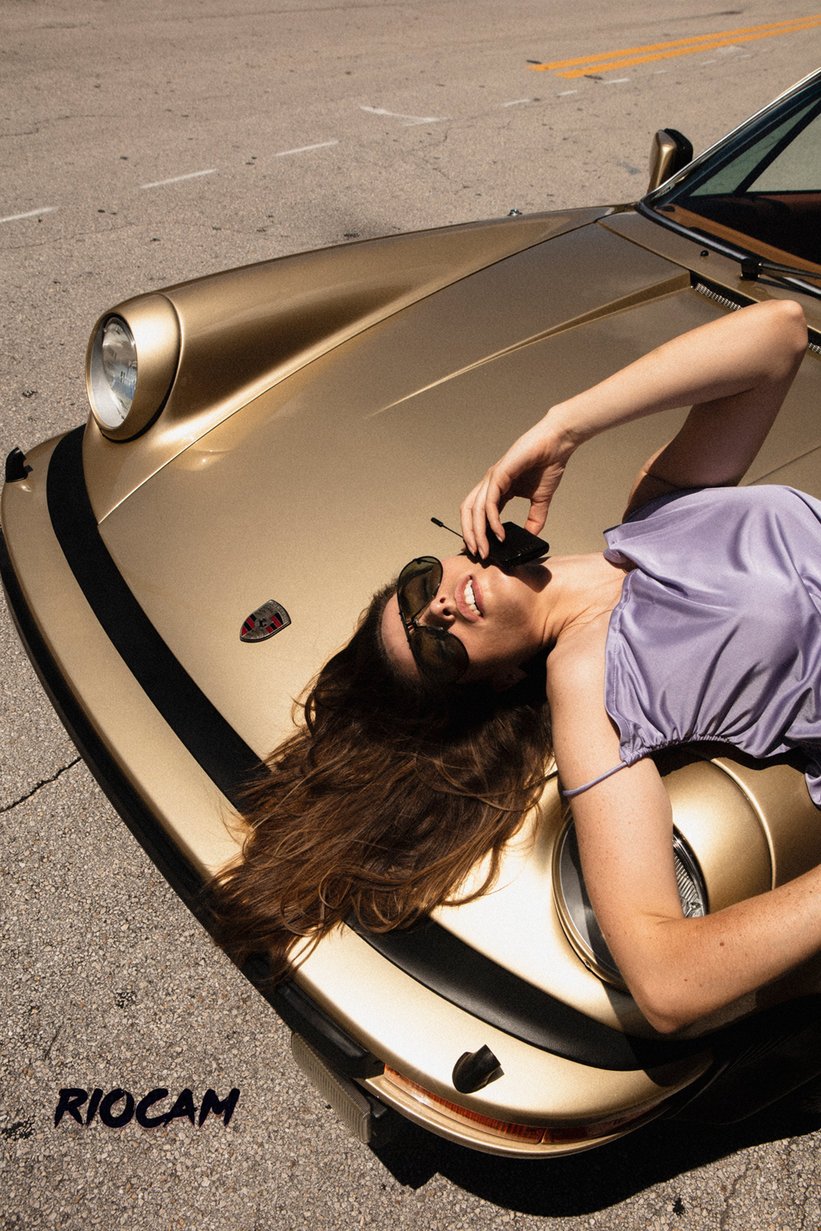
We’ve talked about how your work has evolved over the years. Where do you see it heading from now?
“I’m going to be shooting a Ferrari 330P, which is one of my favourite cars of all time. I can’t say too much, but I can’t wait — it’s really the pinnacle of Ferrari for me. I have a few others in the works, like the Alfa Romeo Caribou; I’m trying to gradually shoot all Gandini’s iconic wedge design cars. Aside from those unicorns, I want to start shooting the most beautiful British cars in the world, including the Aston Martin Bulldog, so I’ll be heading over the pond soon!
“The fashion world right now is taking more of an interest in cars, especially in streetwear. I love that vintage cars are becoming cool and fashionable, and really they are the ultimate fashion statement: all the elements are there – the interior, the design. I want to ride that wave, and I hope that wave stays there for a while, but I’m open to see where it goes and how it evolves. Nostalgia is always going to be there and I want to capture it for the younger generation, so they’re able to remember the cars that they weren’t alive for. Cars are a universal language, and I want to be a part of the conversation.”
